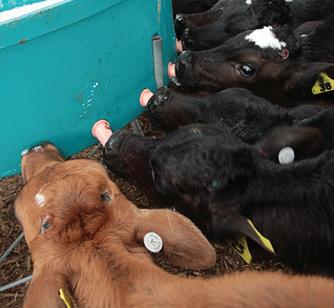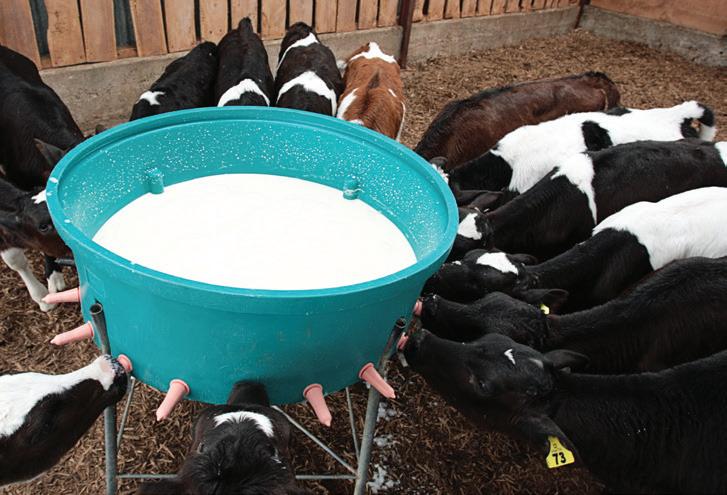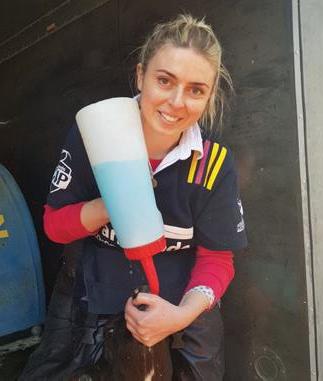
2 minute read
NAIT guidelines/tagging
When purchasing your calf either direct from a farmer or from a sale yard there are some rules around identification that by law is required, even if you are only purchasing 1 or 2 calves for your lifestyle block.
What do I need to do?
Calves must be registered in the NAIT system within seven days of being tagged or before moving off-farm, whichever is sooner. All animal movements must be recorded with NAIT, including confirming receiving movements within two days of the movement start or movement end date. All animal deaths or missing animals must be recorded with NAIT within two days of occurring, once in the NAIT system. You can contact NAIT to register. Email: info@nait.co.nz or Phone: 0800 624 843 Website: www.ospri.co.nz
Tagging
NAIT tags are the only tags required by law. Animals only need one NAIT tag each. You don’t need to tag an animal with your own NAIT tag if it already has one. Calves less than 30 days going directly for meat slaughter do not need a NAIT tag, but require an issued tag by the meat processor. Once you are registered with NAIT, the next step is to buy tags for your animals. You can order through your local farm supply store. To avoid ears getting infected check that the tagger is working correctly and the pin is straight and lines up with the upper jaw of the tool. When the tag is loaded check that they will align correctly, make sure your calf is restrained securely. Make sure the ear location is clean and before tagging your calf, dip the tags in the applicator into antiseptic or disinfectant before tagging the ear.
Tips for applying tags
• Correct tag placement ensures maximum retention and visibility. • The tag should be applied between the two main ear cartilages and approximately half way between the head and the outside tip of the ear. • Tags should always be applied with the male tag being inserted from the back of the ear as this increases retention. • Always apply the tags firmly and quickly with one smooth positive action. • Ensure you follow the supplied tagging instructions. • Use the correct applicator as indicated by the instructions. • Ensure tags are positioned correctly in the applicator. • To lower the risk of infection and where possible tag during a dry weather event. This allows the wound to dry and heal more efficiently. • If using disinfectant please ensure that it is at the correct manufacturers ratio.











